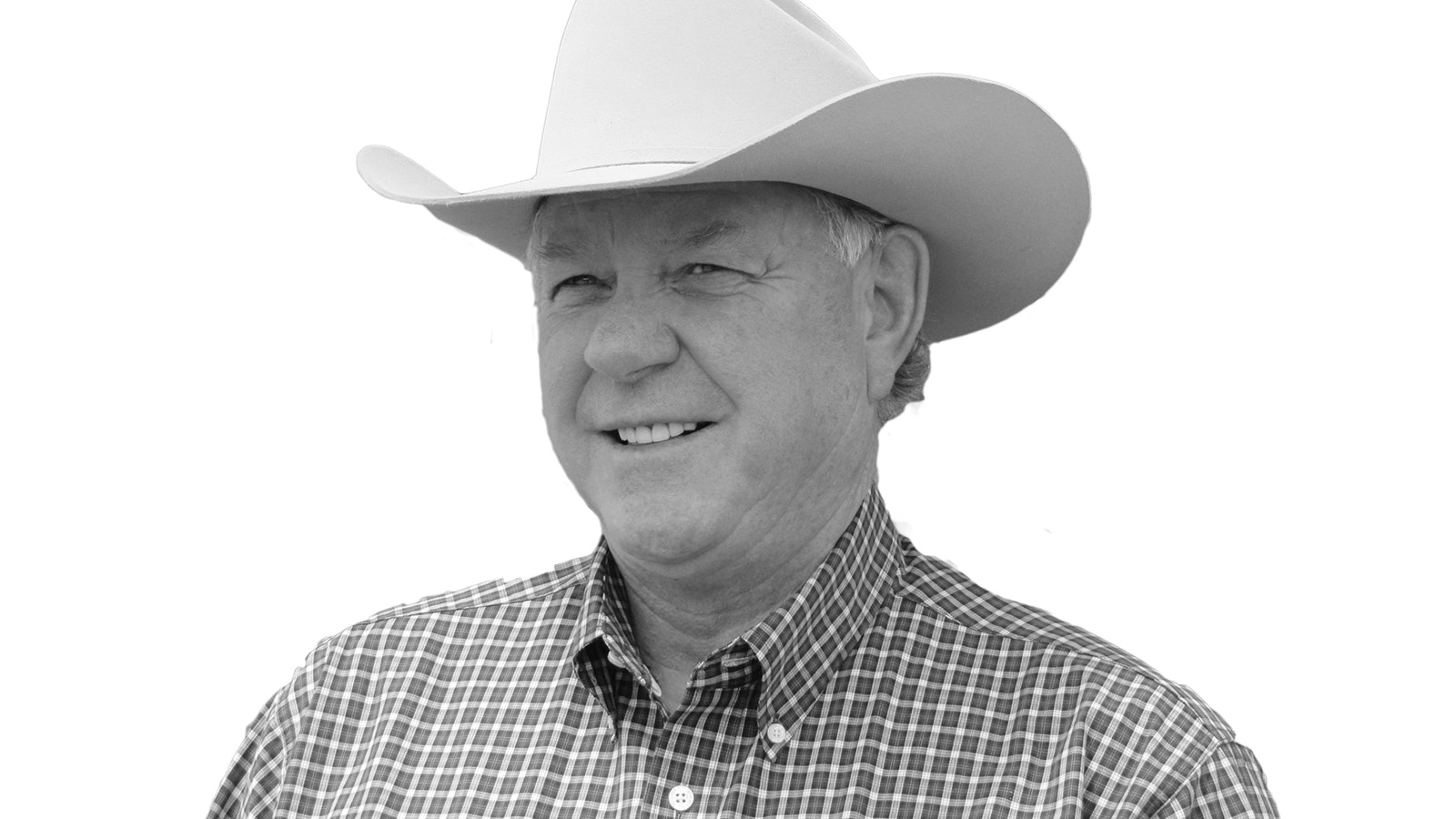By Cat Urbigkit, Range Writing columnist for Cowboy State Daily
A new report from the U.S. Bureau of Economic Analysis (BEA) shows that outdoor recreation contributes 4.4. percent of Wyoming’s gross domestic product. That’s something to celebrate, with Wyoming’s percentage among the highest in the nation, behind only Hawaii, Montana, and Maine.
According to the Wyoming Outdoor Recreation Office, outdoor recreation “contributes $1.6 billion to Wyoming’s economy” and “accounts for 23,036 jobs or 8 percent of total employment in Wyoming which is the highest in the nation. Those jobs also account for 4.7 percent of total compensation in the state, which is second in the nation behind Hawaii at 5.1 percent.”
Curious about how these numbers are compiled, I turned to the BEA website for the details, including the methodology used in these estimates. The BEA report attempts to isolate the economic activity associated with outdoor recreation spending and production within a state’s economy.
The largest chunk (72%) of the $1.6 billion outdoor recreation value contributed to the state’s economy is in the form of “supporting outdoor recreation,” primarily via travel and tourism (food, beverages, lodging, shopping, souvenirs, and transportation) more than 50 miles from home.
Another 20% of that $1.6 billion is classified as “conventional” outdoor recreation such as bicycling, boating, fishing, climbing/camping/hiking, hunting, shooting sports, motorcycle/all-terrain vehicle use, recreational flying, RVing, snow activities (skiing, snowmobiling, snowboarding, dog mushing), and other conventional outdoor activities such as skating, rafting, rock hounding, races, running/walking/jogging, and wildlife watching and birding.
The remaining 8% is “other” outdoor recreation including amusement/water parks, festivals, sporting events, concerts, guided tour and outfitted travel, gardening, game areas (tennis and golf), field sports, swimming, yard sports, and multi-use apparel and accessories (bug spray, sunscreen, coolers, GPS equipment, watches, backpacks, etc.).
The new BEA report puts outdoor recreation’s contribution to Wyoming’s economy at $1.6 billion, and I understand the methodology used to generate that number. Seeking more information about our state’s top industries, I turned to the Wyoming Business Council’s industry profiles, where I read that the #2 industry in Wyoming is tourism, with “$5.6 billion consumer spending on outdoor rec.”
Although the business council suggests “50,000 jobs created by outdoor rec – more than oil, gas, mining and extraction combined,” the BAE reports the total outdoor recreation employment level in Wyoming is just over 23,000 people in 2017. It took some searching, but I found that the numbers cited by the Wyoming Business Council came from the trade group Outdoor Industry Association (OIA). The bottom line is that the OIA’s numbers were about double the numbers released by the BEA, apparently because they used a different methodology.
The Wyoming Office of Tourism uses yet another number: “domestic and international visitors in Wyoming spent $3.8 billion” in the state in 2018, with the state’s tourism industry supporting 32,290 full and part-time jobs.”
Further digging revealed that the State of Wyoming’s website description of the state’s economy is sadly outdated, with most recent statistics more than a decade old. That same state information page still lists Matt Mead as Wyoming’s governor, an indication of neglecting to keep up with the times.
Curious about the state’s other top industries, I looked for agricultural statistics. The Wyoming Business Council’s estimate of $1.8 billion in agriculture worth to the state’s economy annually was an easy one, since that number comes from the National Agricultural Statistics Service, and the majority of that number ($1.44 billion) is simply cash receipts for ag products sold (cattle, sheep, hogs, hay, sugarbeets, corn, etc.). But those statistics don’t attempt to demonstrate the total value of ag spending in the state (such as the sales of vehicles, machinery, equipment, veterinary services and supplies, outdoor clothing and farm/ranch supplies, etc.) or the investment in ag facilities and properties.
Mining (oil, gas, trona, and coal) have ranked #1 in contributions to Wyoming’s economy, providing substantial revenues to governments, employing workers, and gross production values. But with so much upheaval in various segments of the state’s mining industry in the last few years, and wary of the importance of what was being measured or and how it was being valued, I gave up trying.
I don’t doubt the importance of the outdoor recreation industry, and my guess is that the BAE report is the closest to being accurate, but it also has its limitations. All these assessments for various industry sectors sum up what we already knew: they compare apples to oranges and every segment of Wyoming’s economy is important.
What we can agree on is that the majority of people in Wyoming participate in outdoor recreation, whether it’s rig hands stopping to admire a bull moose on the way to work on a drilling rig, a parent purchasing a child’s first bicycle, or a rancher taking new neighbors out to visit a local sage grouse lek. We’re all in this together.
Cat Urbigkit is an author and rancher who lives on the range in Sublette County, Wyoming. Her column, Range Writing, appears weekly in Cowboy State Daily. To request reprint permission or syndication of this column, email rangewritesyndicate@icloud.com.





